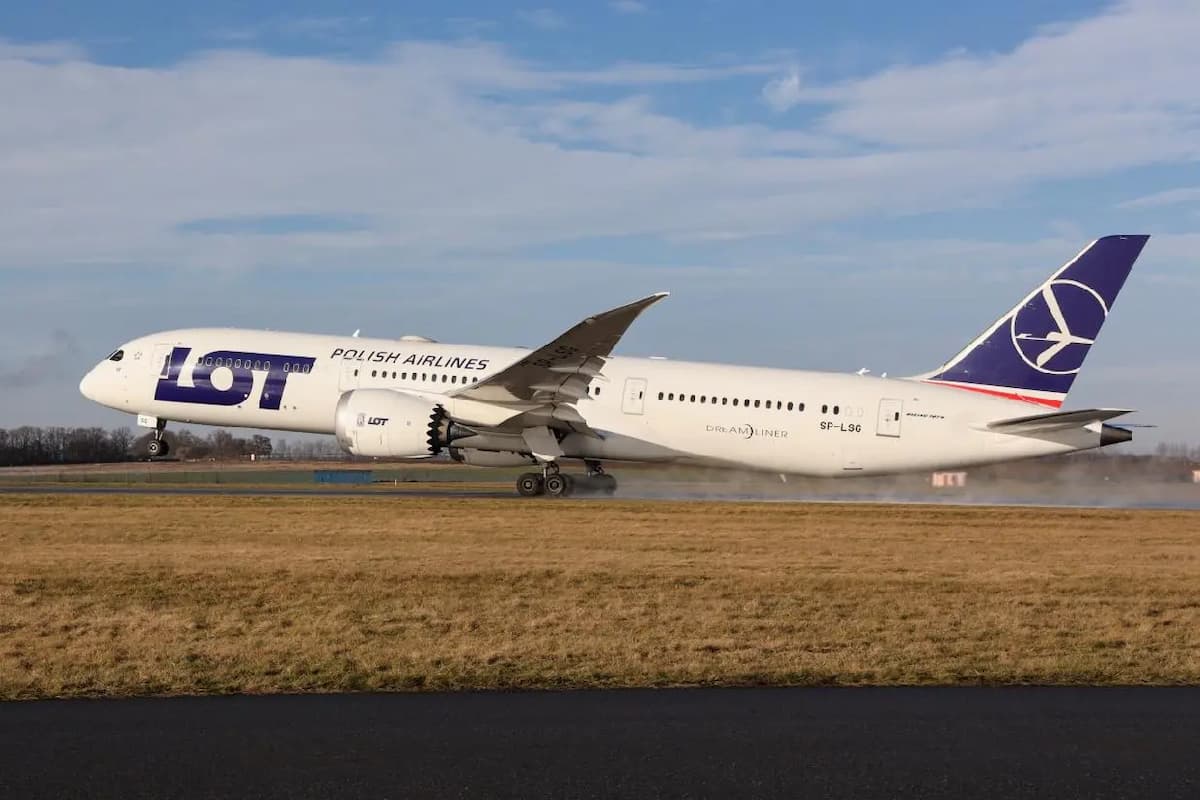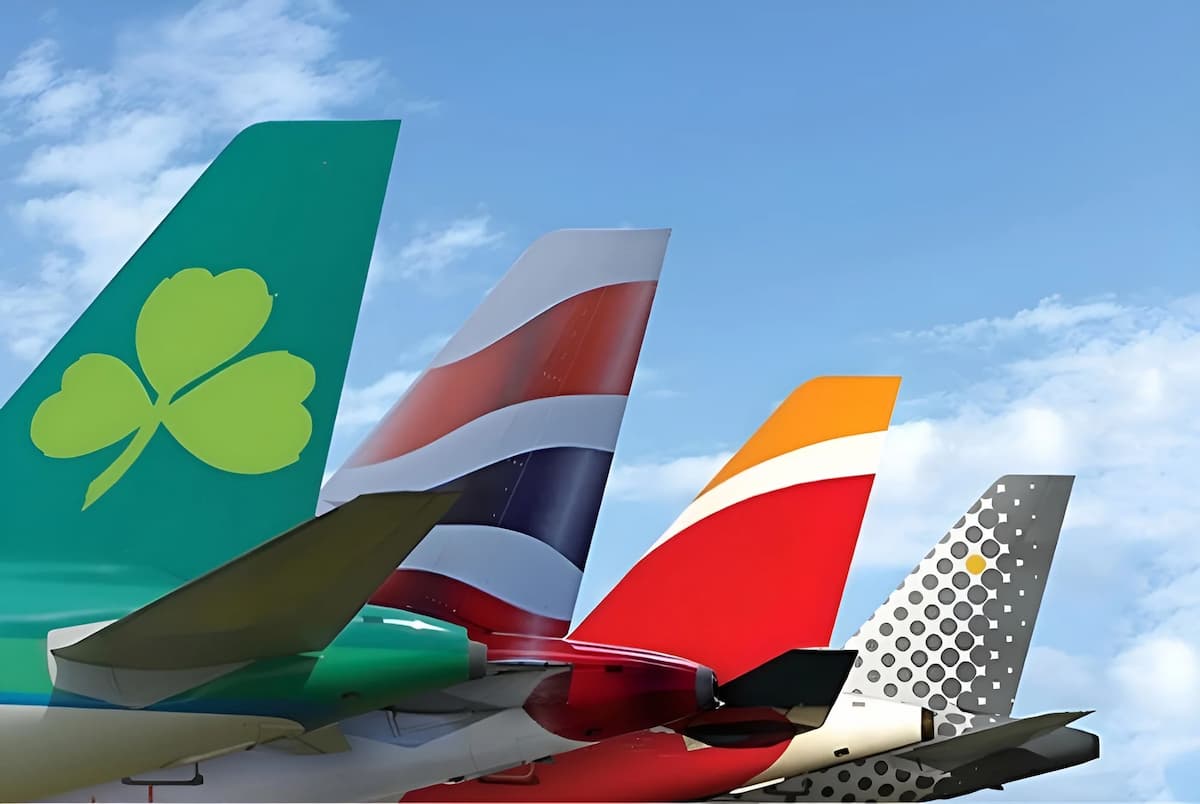Dubai has secured the top spot as the No.1 global destination in the Tripadvisor Travellers’ Choice Best of the Best Destinations Awards 2024 for the third consecutive year, making it the first city to achieve this remarkable milestone in succession. The recognition comes as the city marks the first anniversary of the Dubai Economic Agenda, D33, underscoring the success of the visionary strategy launched by His Highness Sheikh Mohammed bin Rashid Al Maktoum, Vice President and Prime Minister of the UAE and Ruler of Dubai. The ambitious agenda aims to further consolidate Dubai’s position as one of the top three global cities for business and leisure, and the best city to visit, live and work in.
Dubai’s top international ranking was announced by TripadvisorⓇ, the world’s largest travel guidance platform, in its Travellers’ Choice Awards for 2024: Best of the Best Destinations. These back-to-back accolades for Dubai assume even more significance because the winners are exclusively chosen based on the reviews of millions of global travellers as part of Tripadvisor’s community. The awards look at the quality and quantity of Tripadvisor reviews and ratings for hotels, restaurants and experiences in each destination over a period of 12 months between 1 October, 2022 through 30 September 2023.
Commenting on the occasion, His Highness Sheikh Hamdan bin Mohammed bin Rashid Al Maktoum, Crown Prince of Dubai and Chairman of The Executive Council of Dubai, Dubai’s consistent global accomplishments, especially in the economic sector, stand as a clear testament to the emirate’s progress in translating the vision of HH Sheikh Mohammed bin Rashid Al Maktoum into tangible successes and realising the ambitious goals outlined in the Dubai Economic Agenda D33, which aims to position Dubai among the top three global economic cities within the next decade.
“Dubai has earned the prestigious title of the No.1 global destination in the 2024 Tripadvisor Travellers’ Choice Awards for the third consecutive time, establishing the emirate as the first city worldwide to achieve such recognition. This accomplishment underscores our success and reflects the outcomes of our developmental efforts in this crucial economic sector. Our strategic goal is to prioritise visitor happiness and satisfaction, and we pledge to continue our efforts in ongoing development, supported by a strong partnership with the private sector. Committed to maintaining and surpassing these achievements, we look forward to even greater successes in the future,” Sheikh Hamdan said.
Sheikh Hamdan also commended Dubai’s Department of Economy and Tourism for its efforts in promoting Dubai’s tourism potential and introducing a range of options to meet visitors’ aspirations. He acknowledged the city’s commitment to providing excellent services, tourism facilities, and world-class infrastructure. His Highness also expressed appreciation for all the sectors and government entities that played a crucial role in Dubai achieving this milestone.
The repeated acknowledgement of Dubai as the world’s favourite destination is a testament to the city’s vibrant and diverse offerings, supported by world-class infrastructure, exceptional service at all touchpoints, and continuous collaboration between the government and private sectors. Combining homegrown talent, entrepreneurship and concepts with international investment and partnerships, Dubai’s unique proposition has seen tourism become a vital contributor to overall economic growth, accounting for over 10% of the city’s GDP.
His Excellency, Helal Saeed Almarri, Director General of the Dubai Department of Economy and Tourism (DET), commented: “Dubai’s unprecedented achievement of being named the No. 1 top global destination in the Tripadvisor Travellers’ Choice Best of the Best Destinations Awards 2024 for the third successive year has only been possible thanks to the outstanding efforts of stakeholders and partners across the tourism sector, and their strong response to the visionary leadership of HH Sheikh Mohammed bin Rashid Al Maktoum. One year into the Dubai Economic Agenda D33, and with the city striving to consolidate its status as a top global destination for business and tourism, the award acknowledges the efficacy of our efforts so far, while also further raising the bar for what we can collectively achieve.
“In an increasingly competitive international tourism ecosystem, Dubai’s consistent leadership in global metrics has been built on robust, ever-evolving infrastructure, a commitment to providing best-in-class services, and effective marketing and outreach that has seen the city identify, reach and satisfy a diverse range of travellers from around the world. Supported by our stakeholders, we will continue to take an agile approach to further elevate Dubai as a destination and meet our ambitious targets.”
The top Tripadvisor award is the latest addition to a series of global accolades bestowed on Dubai, further validating the city’s appeal as a multifaceted destination. In 2023, Dubai was ranked the No.1 city in the world to relocate to, in a report by financial services provider Remitly, and was ranked the best city in the world for remote workers by property consultancy Savills in their top 20 list of the 2023 Executive Nomad Index.
Additionally, Dubai was named the world’s No. 2 city destination in Euromonitor International’s Top 100 City Destinations Index 2023 and also ranked one of the top 10 cities in the Global Power City Index, in a report issued by the Mori Memorial Foundation’s Institute for Urban Strategies in Japan. The UAE was also named the second safest country in the world in 2023, according to findings revealed by Numbeo, the world’s largest database of user-contributed data about cities and countries worldwide. This recognition has further strengthened Dubai’s attractiveness as a top global liveability hub that provides a unique lifestyle, underpinned by high safety and security standards that allow travellers to visit the city with peace of mind.
His Excellency, Issam Kazim, Chief Executive Officer of Dubai Corporation for Tourism and Commerce Marketing, said: “This landmark achievement embodies the incredible spirit of collaboration between Dubai’s public and private stakeholders that has led to countless memorable experiences for our guests. Global travellers in search of a safe, secure, and easily accessible destination have embraced Dubai’s diverse attractions catering to various segments, including families, thrill-seekers, business visitors, and cultural explorers. They acknowledge the city for its distinctive experiences that are exclusive to Dubai.
“We are honoured by the continued appreciation and encouragement of our international visitors, with their reviews and ratings providing ample testimony for their cherished memories that inspire others to explore the exceptional offerings of our destination. As consumer demands and trends further evolve, and aided by the feedback we receive through Tripadvisor and other digital platforms, as well as directly from tourists within the city itself, we will continue to work with our stakeholders to maintain the highest standards across city’s offerings and services, and ensure visitors have an unrivalled experience in Dubai.”
Dubai’s exceptional quality of life, initiatives facilitating easy entry, robust air connectivity, and globally acclaimed culinary scene collectively establish it as the preferred destination for visitors. Dubai’s efforts to stay at the forefront of global tourism involve constant regulatory, infrastructure, and travel initiatives that play a pivotal role in further accelerating tourism momentum. In October 2023, Dubai and Real Madrid announced a landmark global partnership in October to further elevate awareness of the city internationally in line with the D33 Agenda to position Dubai as one of the top three global cities.
According to the latest data published by the Dubai Department of Economy and Tourism, Dubai welcomed 15.37 million international overnight visitors between January and November 2023, a 20% increase over the same period in 2022.
Source: Media Office.










